Practical example of how to deduct permissible expenses:
Permissible expenses must be apportioned where less than 100% of the property is rented out. The area which is let must be divided by the total area of the dwelling which includes garages and outbuildings. Permissible expenses must be apportioned where less than 100% of the property is rented out. The area which is let must be divided by the total area of the dwelling which includes garages and outbuildings.
Let’s look at the following example: Z lets two rooms within Z’s main home on a bed-and-breakfast basis. Each bedroom has its own en-suite bathroom. The total area of the house (including garages and outbuildings) is 420 square metres, while the area which is let, is 120 square metres. The area let expressed as a percentage of the total area of the house, is 28.57% (120/420 x 100). Z’s total rental income for the 2019 year of assessment was R50 000:
| Expenses | Rand | Expenses apportioned to the area rented (28.57%) |
| Rates and taxes | R 9 600 | R 2 743 |
| Garden services | R 10 000 | R 2 857 |
| Security | R 2 000 | R 571 |
| Interest on bond | R 60 000 | R 17 142 |
| Advertisements (Note1) | R 1 000 | R 1 000 |
| Insurance | R 6 000 | R 1 714 |
| Improvements to garage (Note2) | R 5 000 | R – |
| Repairs in respect of the area let – water damaged carpets (Note3) | R 12 000 | R 12 000 |
| Total Expenses | R 105 600 | R 38 027 |
Notes:
- Expenses for advertisements are incurred 100% in the production of rental income, and are thus allowed in full. There is no need to apportion this expense.
- Improvements to the garage are capital/private expenses and are not incurred in production of rental income. In other words, these are not permissible expenses, and will thus not be allowed as a deduction at all.
- Expenses for repairs to water damaged carpets are incurred in the production of rental income and are thus allowed as a deduction. Since the expense is only for repairs in relation to the area let, there is no need to apportion these expenses.
- The total expenses to be set off against rental income amounts to R38 027. The difference between the rental income and the expenses is essentially the rental profit – in this case, R11 973 (R50 000 less R38 027).
- The source code to be used on the income tax return for a rental profit is 4210 and is 4211 for a rental loss.
- The rental profit or loss will be split 50:50 when married in community of property. Note that the full amount after expenses must be reflected on the income tax return, as SARS will programmatically apportion the rental profit or loss 50:50.



